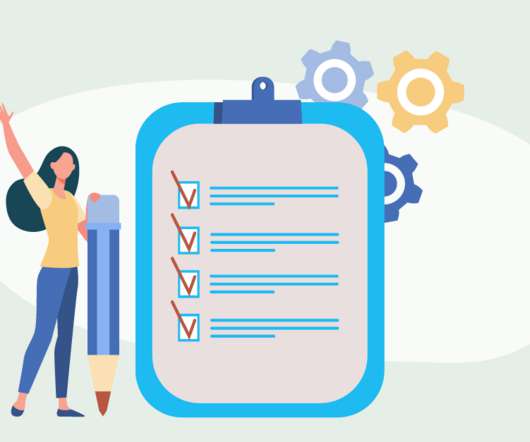HRIS Requirements Checklist: A Guide for Getting Started
Analytics in HR
JULY 27, 2021
An HRIS is the backbone of your HR technology because it centralizes all HR data. That’s why you need to select it carefully based on what your organization needs. Here’s an HRIS requirements checklist to help you find the right vendor. Contents Why have an HRIS? Why have an HRIS? Choosing an HRIS.




















































Let's personalize your content